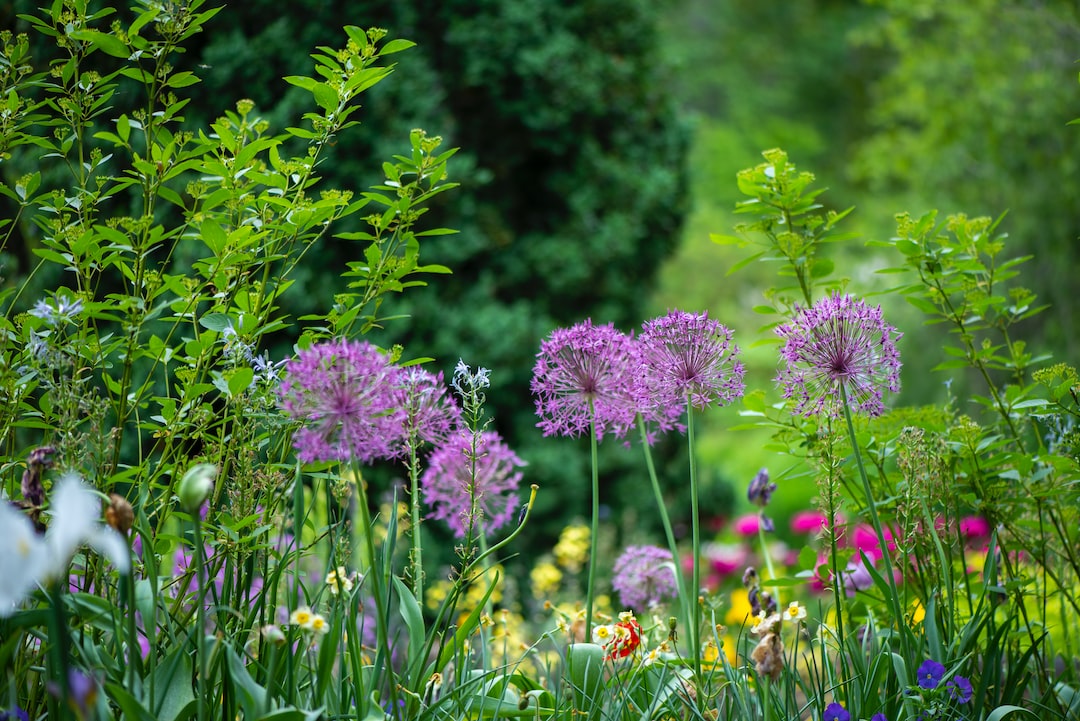Creating a wildlife-friendly garden oasis is not only beneficial for the environment, but it also brings joy and beauty to your outdoor space. By providing a habitat for various creatures, you can make a positive impact on the ecosystem and promote biodiversity. Here are some tips on how to create a wildlife-friendly garden oasis:
1. Plant Native Species: Choose plants that are native to your region as they provide food and shelter for local wildlife. Native plants are well-adapted to the local climate and attract native insects, birds, and butterflies. Research some native species that are suitable for your garden and incorporate them into your landscape design.
2. Provide Shelter: Wildlife needs places to hide, rest, and raise their young. Create different levels of shelter by planting shrubs, trees, and providing nesting boxes or birdhouses. Log piles, rock piles, and even hollow stems can also serve as safe havens for various creatures such as hedgehogs, frogs, and insects.
3. Include Water Features: Birds, bees, butterflies, and insects all need water to survive. Consider adding a small pond, birdbath, or even a shallow dish filled with water to attract and provide a water source for wildlife. Make sure to keep the water clean and provide shallow areas for easy access.
4. Avoid Chemicals: Pesticides and herbicides can be harmful to wildlife and disrupt the balance of the ecosystem. Instead, opt for natural pest control methods and embrace a more organic approach to gardening. Encourage beneficial insects like ladybugs and lacewings that control pests naturally.
5. Create a Meadow Area: Meadows are not only beautiful but also an excellent habitat for many species. Allow a portion of your garden to grow wild and create a mini-meadow. This area can provide food, shelter, and breeding grounds for insects, birds, and small mammals. Regularly mow paths through the meadow to enjoy the beauty while keeping it manageable.
6. Install Bird Feeders and Nesting Boxes: Birds are a delightful addition to any garden, and by providing them with food and nesting opportunities, you can attract them year-round. Hang bird feeders filled with nutritious seeds and nuts, and install nesting boxes suitable for different bird species.
7. Leave Fallen Leaves and Dead Wood: Fallen leaves and dead wood provide vital food and habitat for insects, fungi, and other small creatures. Leave areas of your garden undisturbed to allow nature to take its course. Consider creating a small log pile or a leaf pile in a corner where it can decompose naturally.
Creating a wildlife-friendly garden oasis is a wonderful way to connect with nature and contribute to the conservation of local species. By incorporating these tips into your garden design, you can create a haven that supports a wide range of wildlife. Enjoy the sights and sounds of nature and bask in the satisfaction of knowing that you are doing your part to preserve the environment.

